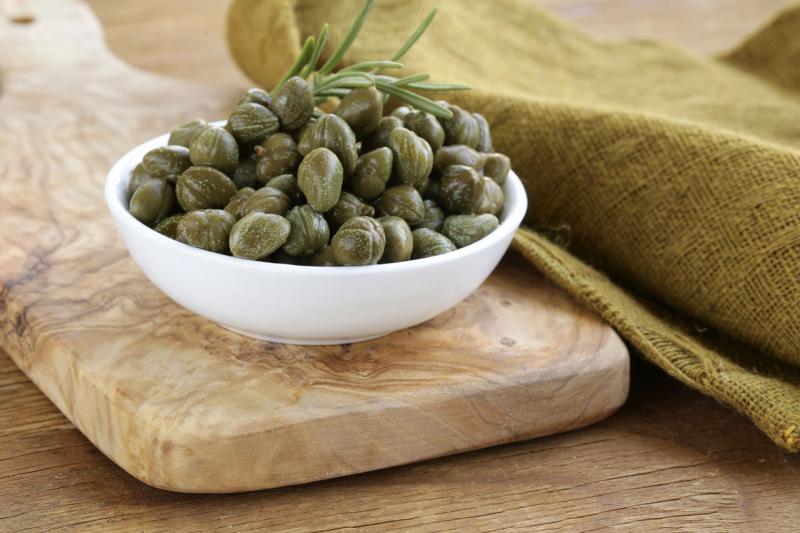Capers have been widely used in Mediterranean cuisine (as well as in medicine) since ancient times: references to its use are found in the Bible, and in the writings of Hippocrates, Aristotle and Pliny the Elder among others. In Italy, capers are grown in the regions of Liguria, Puglia, Campania and some of the islands, including Sicily.
It is especially on the island of Salina, part of the Aeolian group off the northern Sicilian coast, that the most prized capers are produced, where they are celebrated as a Slow Food presidium.
Before tourism, the production of capers was the driving force of the island’s economy. But in recent years, production has dwindled, due to competition from North African capers, a lack of mechanization which yields lower quantities, a high cost of labor (capers are still picked by hand here) and sometimes the appearance of new parasites. Which is too bad, because Salina capers are considered among the best.
Harvest takes place from the end of May to the end of August. Pickers start very early, around 5 am, to avoid the summer heat. Capers are laid out to dry on jute sheets, in a cool place, to prevent them from blossoming. They are salted, alternating a layer of capers with a layer of coarse sea salt. In the following four or five days, the capers must be ‘cured,’ that is, transferred from one tinedda (container) to the other, to prevent the combined action of salt and heat from ruining them. After about a month, they are ready for consumption.
Salina capers are fragrant and firm, and, when salted, can keep for up to two/three years. In Sicilian cuisine, they’re used in different preparations, to give more character to a dish; they go very well with a simple tomato and basil sauce, with the classic caponata, and with seafood dishes.












